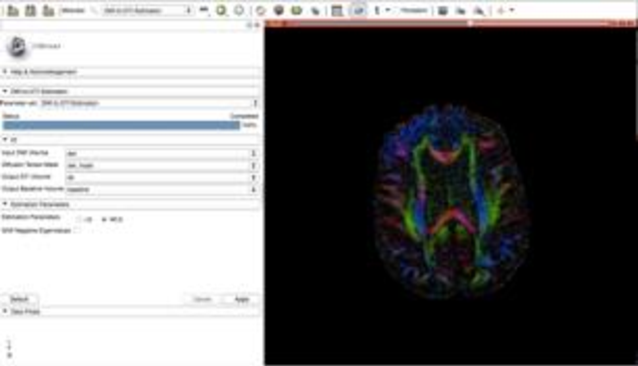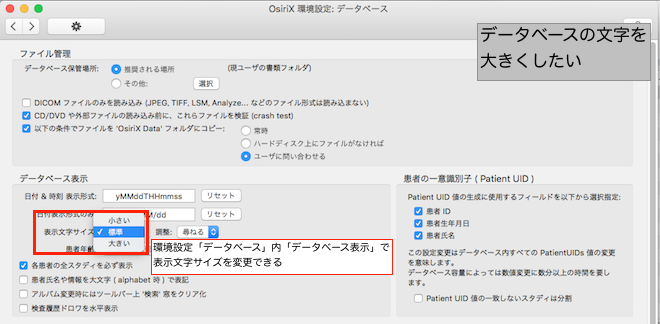
click OK to confirm you want to install the plugin.download and unzip the Radiopaedia plugin.open Horos or Osirix on your Mac ( don't have both open).We recommend Horos (free) rather than Osirix Lite (free) to avoid "NOT FOR MEDICAL USE" appearing on images. latest versions of these viewers require OS X.Mac running Horos or Osirix DICOM viewers.optional day numbering for multi-study cases.high image quality with scrollable stacks.add multiple studies, series and images at once.create a draft case or add to an existing case.quick upload of DICOM cases from Mac to Radiopaedia.You need a compatible software to read these DICOM files.

You can ask your doctor or the imaging center to provide you a CD/DVD or a USB stick with the images, in DICOM format. This is similar to the way that image formats such as JPEG can also have embedded tags to identify and otherwise describe the image. That means that a file of a chest x-ray image, for example, actually contains the patient name and patient ID within the file, so that the image can never be separated from this information by mistake. A DICOM file is similar to a JPEG file, but with specifications for medical imaging.

When the image slices are reassembled by computer software, the result is a very detailed multidimensional view of the body’s interior.Īll these equipments produce images in DICOM format.

CT and MRI imaging are sometimes compared to looking into a loaf of bread by cutting the loaf into thin slices.

This equipment produces images, most of the time slices of your body. “Medical imaging” exams create images of various parts of the body to screen for or diagnose medical conditions. These exams are produced by a radiology equipment. Did you pass a CT (scanner) exam or a MRI (magnetic resonance) exam recently?


 0 kommentar(er)
0 kommentar(er)
